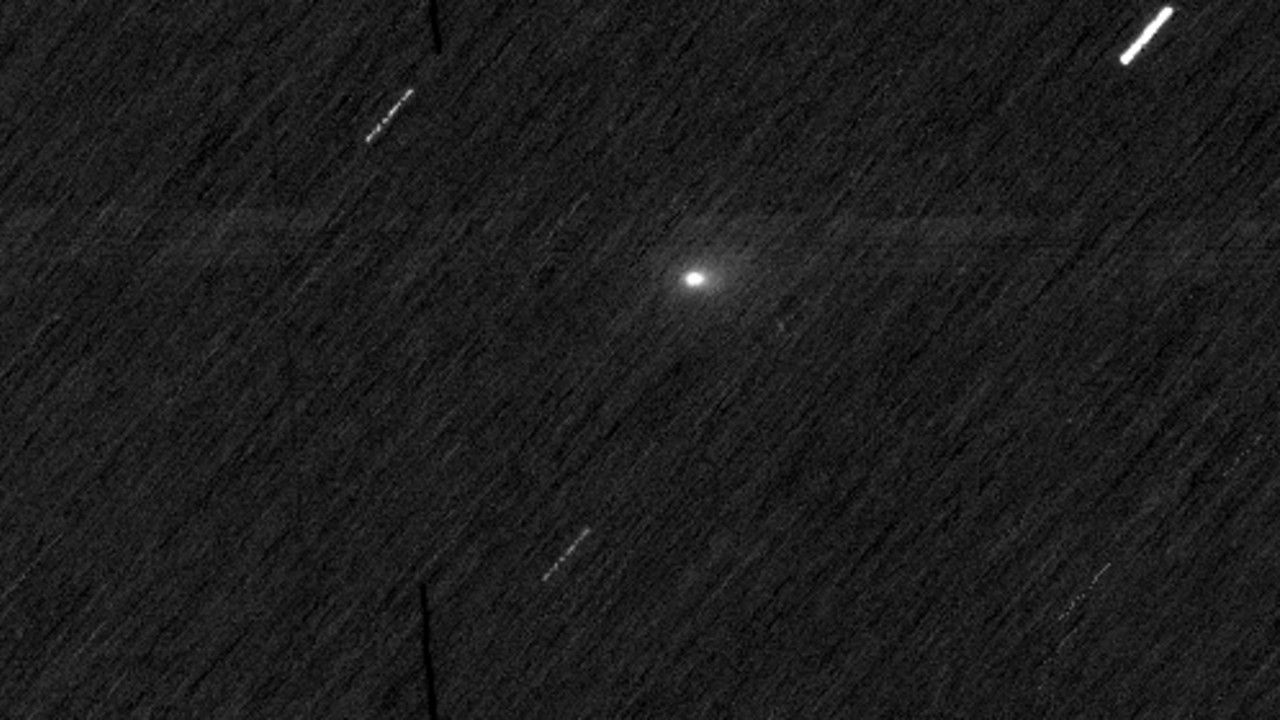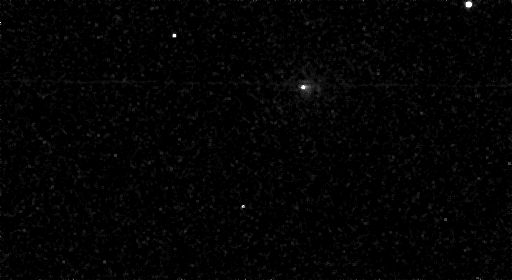NASA’s Curiosity Mars rover demonstrated a new multitasking capability when capturing this view: It snapped the 15 images that make up the mosaic while simultaneously communicating with an orbiter. The images were taken by the right navigation camera on Curiosity’s mast July 26, 2025, the 4,611th sol, or day, of the mission. The rover’s tracks cross through a region filled with boxwork formations – hardened ridges created by mineral deposits from subsurface water billions of years ago. This boxwork region is in the lower foothills of Mount Sharp, a 3-mile-tall (5-kilometer-tall) mountain in the center of Gale Crater.
Being able to combine tasks shortens the rover’s daily plan, requiring less power from Curiosity’s nuclear power source, called a multi-mission radioisotope thermonuclear generator (MMRTG), which is lined with rows of white fins at the back of the rover. NASA’s Perseverance rover is also equipped with an MMRTG; the generator uses the heat from decaying plutonium pellets to charge batteries on the rovers.
Figure A is an annotated version of the mosaic indicating parts of the rover and geographic features in the background. Visible behind Curiosity are boxwork ridges and the hollows between them. On the horizon at right is a butte called “Mishe Mokwa”; to the left of that is “Texoli.” The pale peak of upper Mount Sharp rises behind the buttes. On the horizon at left is the rim of Gale Crater. A red arrow indicates the location where Curiosity landed on Aug. 5, 2012 (this location is behind a ridgeline).
The can-like cylinder to the left of the MMRTG is Curiosity’s ultrahigh frequency (UHF) antenna, which communicates with spacecraft in orbit around Mars. To capture a mosaic like this, the rover would normally require nine minutes of awake time devoted solely to imaging. However, while snapping the images for this mosaic, Curiosity was also sending data to ESA’s (the European Space Agency’s) Trace Gas Orbiter, essentially saving several minutes of battery time.
After being sent to Earth, the images were stitched together and the seams between them smoothed out before the mosaic was processed to enhance details.
Curiosity was built by NASA’s Jet Propulsion Laboratory, which is managed by Caltech in Pasadena. JPL leads the mission on behalf of NASA’s Science Mission Directorate in Washington as part of NASA’s Mars Exploration Program portfolio.
For more about Curiosity, visit:
Source link

